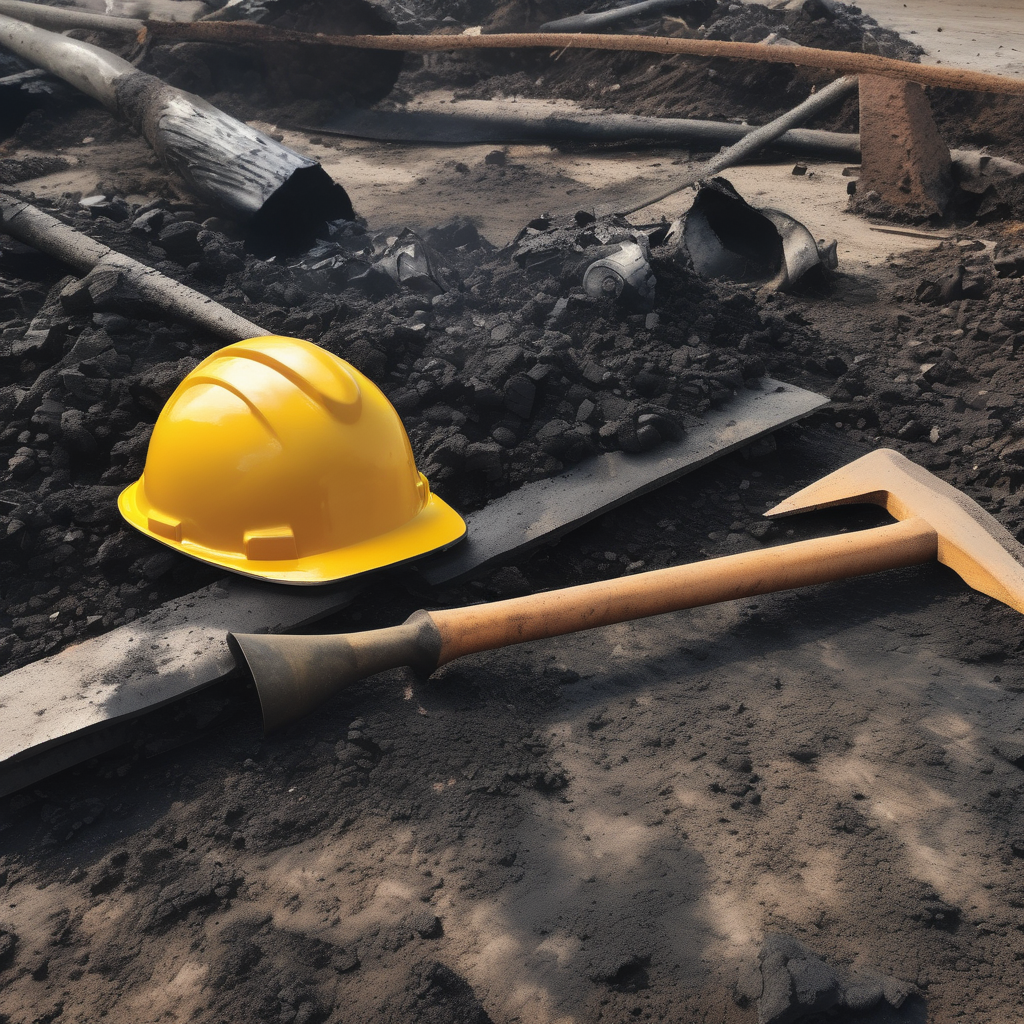Two months following a devastating fire that severely damaged the parliament building of the Marshall Islands, the nation has officially begun its rebuilding efforts for the government chamber known as “Nitijela.” The groundbreaking ceremony took place on October 8, led by President Hilda Heine, who expressed her gratitude for the chance to restore this historic site, which had long been in dire need of updates.
During the ceremony, President Heine shared her feelings of sorrow and anxiety during the fire that occurred on August 26, stating, “Although we felt sorrow and anxiety when the house burned down two months ago, let us thank the Lord that we can now rebuild the house.” The fire not only damaged the structure but also resulted in the loss of official documents and historical resources stored in its library and archives. Despite the extent of the damage, the building was mostly intact, yet it has been classified as a total loss.
While the new Nitijela is expected to be completed by August 2026, parliamentary sessions will temporarily take place at the International Conference Centre in Majuro. The reconstruction project is set to receive substantial funding, including a $13 million contribution from the U.S. government and a $30 million donation from Taiwan.
In her address, Heine expressed appreciation for the support of various officials, particularly acknowledging President Donald Trump and the U.S. government along with Ambassador Laura Stone, as well as President Lai Ching-te of Taiwan.
Heine emphasized the significance of Nitijela to the Marshallese identity, describing it as a symbol of the nation’s sovereignty and commitment to upholding the rights of its people. She stated, “Nitijela is different from other houses in the country. It is a declaration that our country stands alone; as a country that respects the law of freedom and the rights of the Marshallese people, and where we also inherit our culture and way of life, preserve peace, and promote our future.”
The swift action taken by the government following the fire reflects a strong commitment not only to reconstruction but also to enhancing infrastructure resilience against potential future disasters. An emergency cabinet meeting led to a prompt decision to fast-track the project in light of the declared state of disaster.
This incident has highlighted the urgent need for improved emergency response capabilities and infrastructure resilience throughout the Pacific region. With plans for a revitalized legislative space that honors its historical significance while looking ahead, the Marshall Islands demonstrates its determination to emerge from this challenge stronger and more unified.
